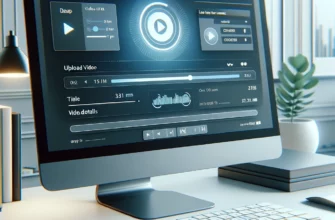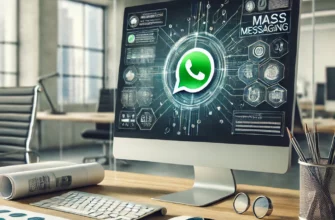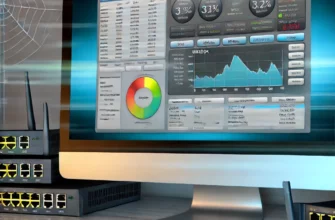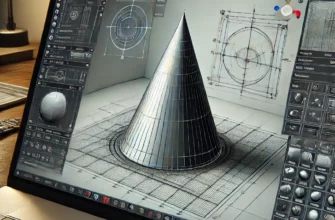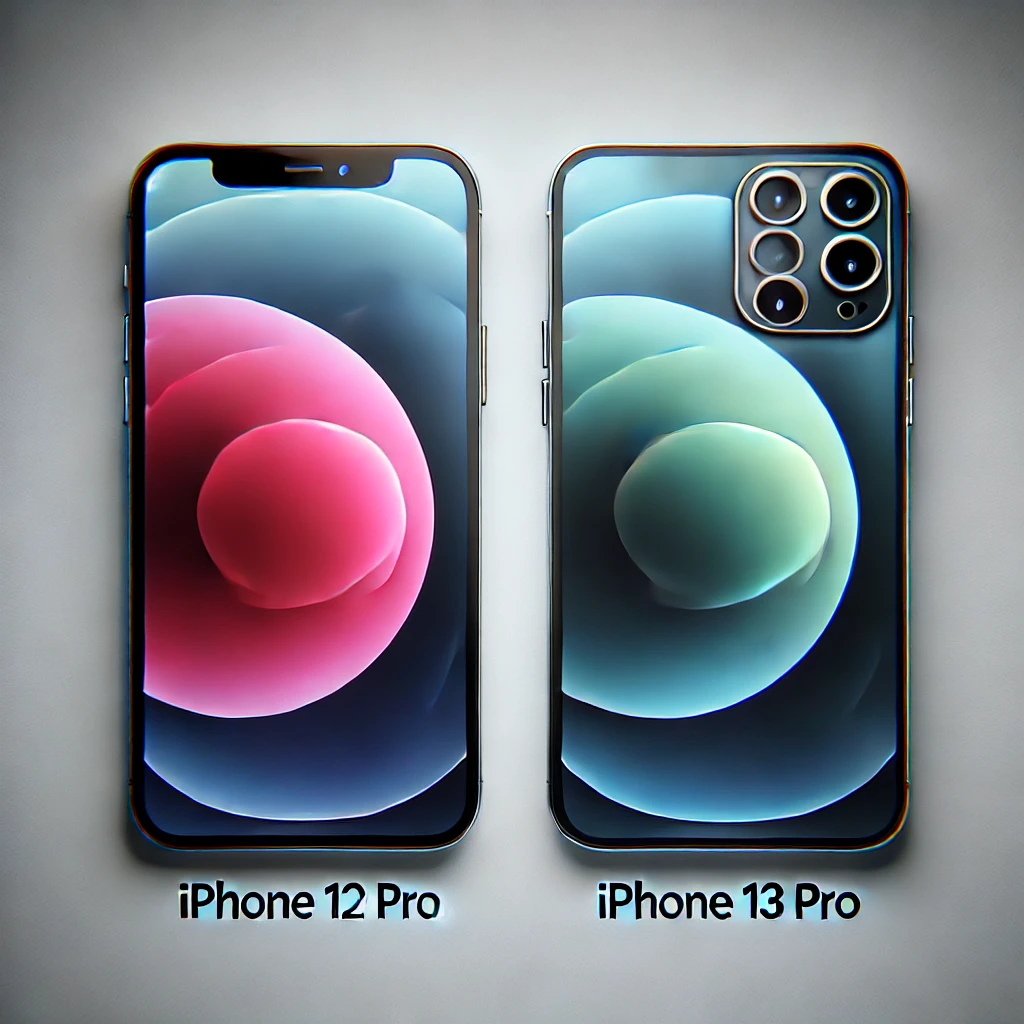
The iPhone 12 Pro and iPhone 13 Pro are two of Apple’s most popular models, each representing a leap forward in technology, design, and performance. While they share many similarities, significant differences set them apart. This detailed comparison will help you understand these differences, so you can make an informed decision when choosing between the two.
Design and Build Quality
At first glance, the iPhone 12 Pro and 13 Pro appear almost identical, with their flat-edged design, stainless steel frames, and glass backs. Both models exude a premium feel, with high durability provided by Apple’s Ceramic Shield front cover. However, a closer inspection reveals subtle differences.
The iPhone 13 Pro is slightly thicker and heavier than the 12 Pro, owing to the larger battery and improved camera system. The color options also differ: the iPhone 12 Pro is available in Graphite, Silver, Gold, and Pacific Blue, while the iPhone 13 Pro offers Graphite, Gold, Silver, and the new Sierra Blue. These variations might be minor, but they contribute to the overall aesthetic and user experience.
Display
Both the iPhone 12 Pro and 13 Pro feature a 6.1-inch Super Retina XDR display, but the 13 Pro introduces a significant upgrade: ProMotion technology. This allows for a 120Hz refresh rate, providing smoother scrolling, more responsive touch input, and an overall more fluid experience, particularly noticeable in gaming and dynamic content.
In terms of brightness, the iPhone 13 Pro takes the lead with a typical maximum brightness of 1000 nits, compared to the 800 nits on the iPhone 12 Pro. This makes the 13 Pro more readable in bright sunlight and enhances HDR content viewing.
Performance
Under the hood, the iPhone 12 Pro is powered by the A14 Bionic chip, while the iPhone 13 Pro boasts the newer A15 Bionic chip. The A15 features a 6-core CPU, a 5-core GPU, and a 16-core Neural Engine, offering improved performance and efficiency over the A14.
In real-world usage, the difference is most evident in demanding tasks such as video editing, gaming, and augmented reality (AR) applications. The A15 Bionic chip also contributes to better battery life, as it is more power-efficient, allowing the iPhone 13 Pro to last longer on a single charge compared to its predecessor.
Camera System
The camera system is one of the most significant upgrades in the iPhone 13 Pro. While both models have a triple 12MP camera setup (wide, ultra-wide, and telephoto), the iPhone 13 Pro introduces larger sensors and wider apertures, which allow for better low-light performance and more detailed images.
The iPhone 13 Pro also includes sensor-shift optical image stabilization (OIS) on all lenses, compared to the iPhone 12 Pro’s dual OIS. This technology stabilizes the camera sensor instead of the lens, providing even more stable shots, especially in low light or when shooting videos.
Additionally, the 13 Pro offers new photographic features such as Photographic Styles, which let users customize the look of their photos with real-time adjustments to color and tone, and Cinematic Mode, which adds a depth-of-field effect in videos, allowing for more professional-looking footage.
Battery Life
Battery life is another area where the iPhone 13 Pro outshines the 12 Pro. Thanks to a larger battery and the efficiency of the A15 Bionic chip, the iPhone 13 Pro provides up to 22 hours of talk time, compared to 17 hours on the iPhone 12 Pro. This improvement is crucial for users who rely heavily on their phones throughout the day and prefer not to carry a charger.
Storage Options
The iPhone 12 Pro starts with 128GB of storage, with options for 256GB and 512GB. The iPhone 13 Pro, however, offers an additional 1TB storage option, catering to power users who need ample space for high-resolution photos, videos, and large apps. This makes the iPhone 13 Pro more suitable for professionals and enthusiasts who require more storage without relying on cloud services.
Software and Features
Both models run iOS, with the iPhone 13 Pro shipping with iOS 15 out of the box, while the iPhone 12 Pro originally launched with iOS 14. However, the 12 Pro is fully upgradeable to iOS 15, ensuring that users can enjoy the latest features and security updates.
iOS 15 introduces several new features, such as Focus mode, Live Text, and enhanced FaceTime functionality. These features are available on both devices, but the iPhone 13 Pro may handle them with slightly better efficiency due to its newer hardware.
Price
Price is always a crucial factor in choosing a new device. At launch, the iPhone 12 Pro started at a lower price than the iPhone 13 Pro, but as newer models are introduced, the price gap may narrow. For budget-conscious consumers, the iPhone 12 Pro might offer a more attractive price-performance ratio, especially if purchased refurbished or during a sale.
However, for those who prioritize having the latest technology, the iPhone 13 Pro’s improved camera system, longer battery life, and ProMotion display might justify the higher price.
Conclusion: Which Should You Choose?
Choosing between the iPhone 12 Pro and the iPhone 13 Pro depends largely on your priorities and budget. If you are looking for a premium smartphone with excellent performance, a great display, and a capable camera system, both models will serve you well.
However, if you want the best possible camera performance, longer battery life, and the smoothness of a 120Hz display, the iPhone 13 Pro is the clear winner. It represents a more future-proof investment, ensuring that you enjoy the latest technology and features for years to come.
On the other hand, if you’re looking for a more cost-effective option that still offers a premium experience, the iPhone 12 Pro is an excellent choice. It may lack some of the bells and whistles of the 13 Pro, but it remains a powerful and capable device that can handle almost anything you throw at it.
Ultimately, both the iPhone 12 Pro and iPhone 13 Pro are top-tier devices, and whichever you choose, you’re unlikely to be disappointed. The decision comes down to whether you value the incremental upgrades offered by the iPhone 13 Pro enough to justify the additional cost.



